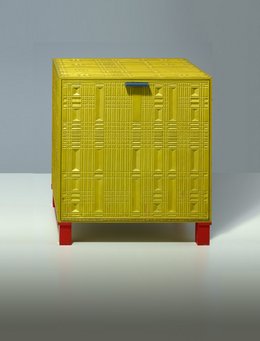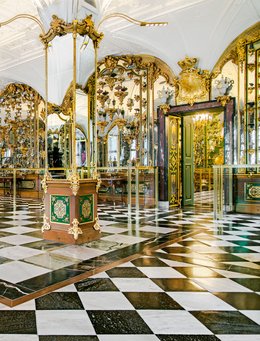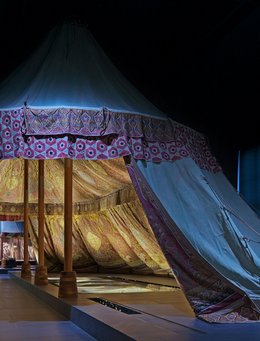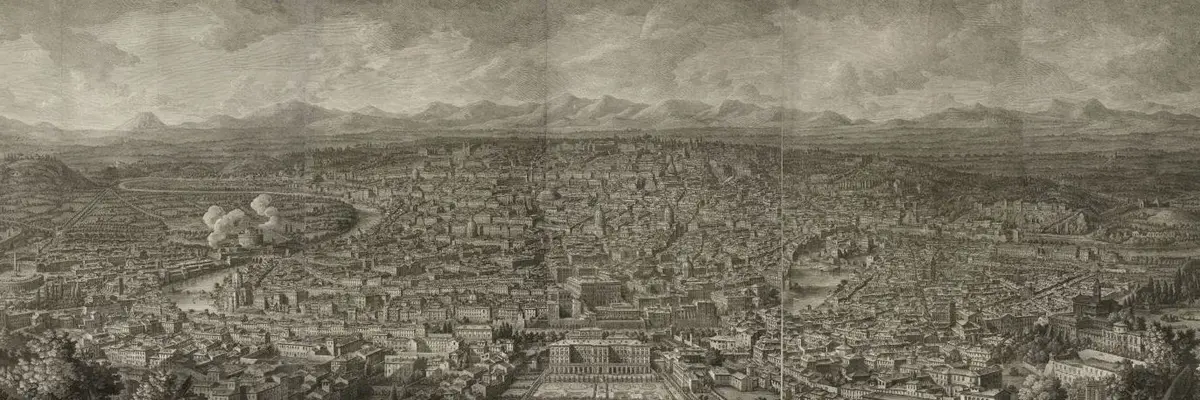
Revisiting Rome
In the eighteenth century Rome was a popular travel destination. Its remains of antiquity, the Renaissance and Baroque monuments transformed the city into a laboratory of urbanistic and aesthetic innovation. As a location with a rich publishing tradition, Rome also had the necessary infrastructure at its disposal to effectively spread the fame of local landmarks through printed images: Illustrators, engravers and etchers met here with publishers, printers and distributors of different nationalities.
- Exhibition Site Residenzschloss
- Dates 19/10/2016—15/01/2017
Bild
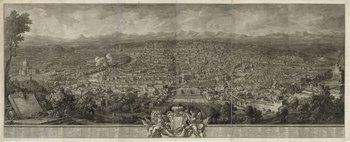
[Translate to English:] text
Thanks to the international circulation of the images, most visitors to Rome had already taken a visual journey through the city. Veduta, maps or panoramas, such as those from Giuseppe Vasi, provided the viewer with an overview of the monuments. Like today’s tourist guides they offered directions on how one might explore the city.
For artists Rome was also an inexhaustible source of inspiration for architectural fantasies, which, alongside the realistic panoramas, enjoyed a growing popularity. With these inventions, Veneto-born architect Giovanni Battista Piranesi caused something of a stir. At the time, his masterly etchings were significant in establishing Rome alongside Venice as a center of Italian printmaking.
During his lifetime, almost the entire etched œuvre of the artist made its way to the Dresden Kupferstich-Kabinett. The purchase of Piranesi’s works is only one example of the extensive and selective acquisitions of Roman printmaking that were made at the time. Piranesi’s lifespan covers roughly the same time frame as the exhibited works, which concentrate on panoramas of the ancient and modern Rome as well as unreal spaces. To this day, most of these sheets are bound in so-called collector’s albums – large format volumes that were preferred in the eighteenth and nineteenth centuries for the storage and presentation of print collections.
Additionally, with caricatures by Pier Leone Ghezzi the exhibition offers insights into who populated the streets of the Eternal City in the eighteenth century. Numerous Ghezzi drawings were etched by order of the Saxon Royal Court. Today these sheets are presented as a particularly charming witness of the intensive relationship between Rome and Dresden at that time.
A catalog published by Sandstein-Verlag Dresden will accompany the exhibition.
Sponsoren
Sponsored by: Istituto italiano di cultura; Italien Zentrum



